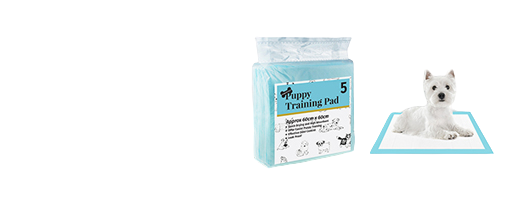
Understanding Disposable Underpads: A Practical Guide for Everyday Use
2025-07-01 22:00
Disposable underpads, also known as chux pads, are essential hygiene products designed to protect beds, chairs, and other surfaces from moisture and staining. Commonly used in hospitals, nursing homes, and home care environments, these pads provide a simple yet effective solution for individuals dealing with incontinence, post-surgical recovery, or limited mobility.
What Are Disposable Underpads?
A disposable underpad typically consists of three main layers:
Topsheet: The soft, non-woven fabric that directly contacts the skin. It is designed to be gentle, breathable, and quick to absorb liquid.
Absorbent Core: This middle layer contains fluff pulp and Super Absorbent Polymer (SAP), which work together to lock in moisture and neutralize odors.
Backsheet: The waterproof bottom layer, usually made of PE film, prevents leakage and keeps the surface beneath the pad dry.
Underpads come in various sizes, with common dimensions including 45x60cm, 60x60cm, and 60x90cm. They are designed for single use, ensuring maximum hygiene and convenience for caregivers and users alike.
Who Can Benefit from Underpads?
Disposable underpads are ideal for:
Elderly individuals with incontinence
Patients recovering from surgery
People with limited mobility who spend long hours in bed
Caregivers who need a quick and easy cleanup solution
Pet owners training puppies or caring for sick animals
Key Benefits
Hygienic Protection: Prevents bedding and furniture from becoming soiled
Skin Health: Keeps the skin dry, reducing the risk of irritation and pressure sores
Convenience: Easy to use and dispose of, saving time for caregivers
Portable: Lightweight and compact for travel or on-the-go use
Environmental Considerations
While disposable underpads are highly convenient, growing attention is being paid to their environmental impact. Many manufacturers are now exploring eco-friendly options, such as using biodegradable topsheets or recycled materials in the absorbent core. Some underpads are also chlorine-free and dermatologically tested to minimize irritation and reduce harmful waste. For users or caregivers concerned about sustainability, it is worth checking product labels or asking suppliers about green alternatives. Though reusable underpads exist, disposable ones remain the most practical choice in many settings due to hygiene and time-saving factors.
Tips for Choosing the Right Underpad
When selecting an underpad, consider the following:
Absorbency level: Choose a higher absorbency for nighttime or heavy leakage
Size: Pick a size that fits the intended surface area
Material: Opt for soft, hypoallergenic materials for sensitive skin
Packaging: Bulk packs may be more economical for long-term use
Conclusion
Disposable underpads are a reliable and cost-effective solution for managing hygiene and comfort in various care settings. With the right selection, they can greatly improve the quality of life for both users and caregivers.
Get the latest price? We'll respond as soon as possible(within 12 hours)















